The exhibition takes the year 1689 - the time when Nguyen Huu Canh went to the South to conduct an inspection tour and establish administrative management in the South - as the beginning of the exploration of the "treasure trove" through history.
From the collection of 24 priceless seals…
Not only will you see rare old maps: the map of Saigon in 1623 - 1679, the map of Saigon in 1795, the map of Gia Dinh province and its vicinity drawn by Tran Van Hoc with traces of Gia Dinh citadel, Don Bac, Don Nam and Luy Ban Bich..., viewers will also have the opportunity to admire 24 seals, showing the state's management in the early days of administrative establishment. That is the proclamation written in Chinese characters, appointed to Tran Van Thanh (Gia Dinh prefecture) to take care of books and discuss military strategies, written on November 2, the 57th year of Canh Hung (1796). This is one of the oldest administrative documents on the management of the Nguyen Dynasty associated with the people and land of Saigon. Next to it is the edict in Nom script given by Nguyen Anh to his generals and soldiers during the parade in Gia Dinh on March 26, the year Canh Than (1800). At the end of the document is the seal of Dai Viet Quoc Nguyen Lord Vinh Tran Chi Bao.
The most surprising thing is the collection of Tay Son period seals and stamps cast between 1790 and 1801 that are preserved as new: The Imperial Envoy of Tien Thuy Chi Do Doc Seal is made of rectangular bronze. The seal knob is shaped like a mallet handle, low, large and narrow at the bottom, 5 cm high. The Tay Ky Phu Trung Tin Nhat Ve Ho Quan Su Hoa Hau Seal was cast in the winter of Tan Hoi year 1791, with 13 Chinese characters in relief in seal script in 2 vertical rows, granted to Marquis Vinh Hoa. The Ta Bat Dao Thien Dinh Ky Trung Dinh Ve Uy Quan Su Seal, the back of the seal is engraved with 2 lines of Chinese characters in a square style, on the left side are engraved with 12 characters recording the name of the seal, on the right side are engraved with 5 characters recording the year Tan Hoi year Dong Tao granted to Ve Uy Quan Su, cast in 1791. The Kim Nhi Ve Uy Quan Pho Su Seal has a knob in the shape of a lying tiger, head raised, the back is engraved with Chinese characters; On the right side, there are 5 characters engraved with the year Tan Hoi year, on the left side, there are 10 characters engraved with the position of the user. The Left Military Seal of the Deputy Governor has 6 characters engraved with the year Nham Tuat year, heavy summer, on the back and has a rectangular embossed 9 Chinese characters in seal script...
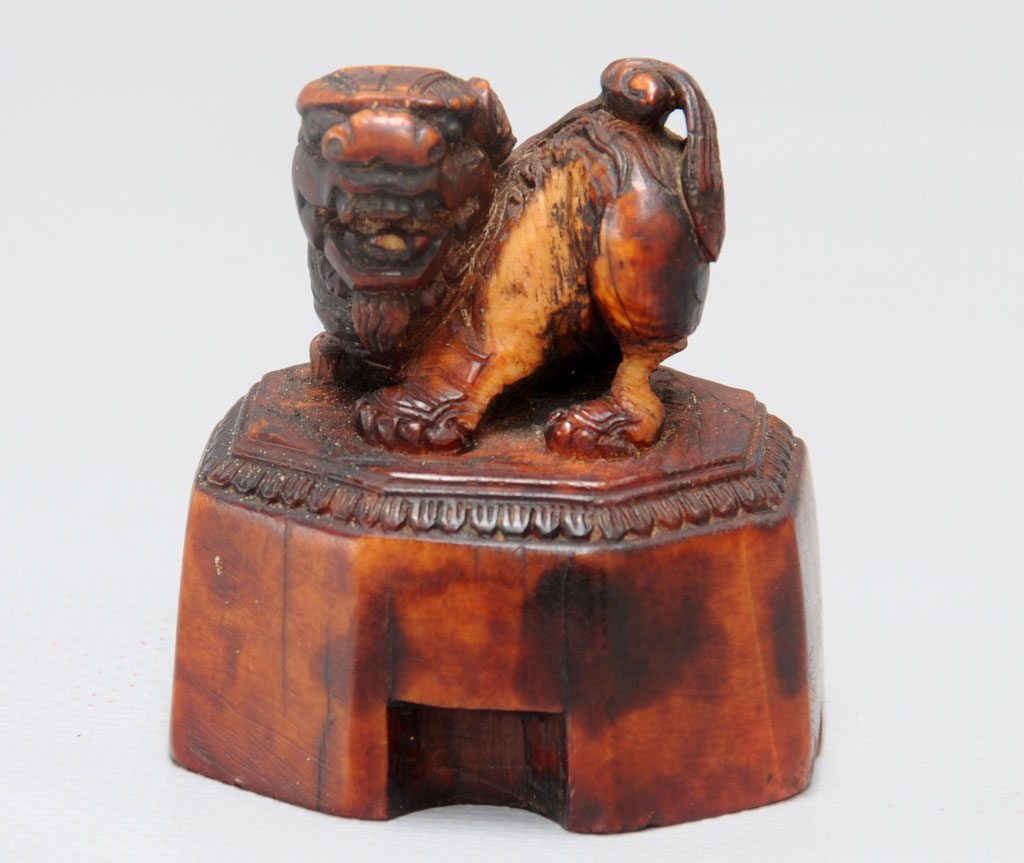 Letter of credit |
In 1802, Nguyen Anh ascended the throne, took the name Gia Long and established the capital in Hue . Since then, the Nguyen Dynasty kings issued many proclamations, edicts, and royal decrees... to encourage, motivate, and reward those who had meritorious services, promoted their positions, and had filial children to pass on and teach; these proclamations, edicts, royal decrees... are also displayed in this exhibition.
In addition to the rich collection of Nguyen Dynasty seals: Luong Tai Hou Chi An, Kham Su Dai Than Quan Phong Seal... there is also Tran Nguyen Tin Ky made of ivory, square for officials to use to certify some local documents. In particular, Ta Quan Chi An is cast in bronze, the knob is cast in the shape of a unicorn, with a large head raised high, with the word "king", a round body, big, strong, solid, muscular chest, and a tail longer than the body. On both sides from the feet to the back, there are 4 embossed fire knife decorative strips; the back is carved with water waves, with sophisticated and majestic features. The body and the upper surface of the seal on the left side of the unicorn are inlaid with 4 Chinese characters, in the style of Ta Quan Chi An; on the right side are inlaid with 8 Chinese characters Nham Tuat Trong Xuan Cat Nhat Giam Tao. Both lines of characters are inlaid with sharp silver. The face of the seal is square, with 4 seal characters arranged in 2 rows, with deep and bold carvings... being proposed for recognition as a national treasure.
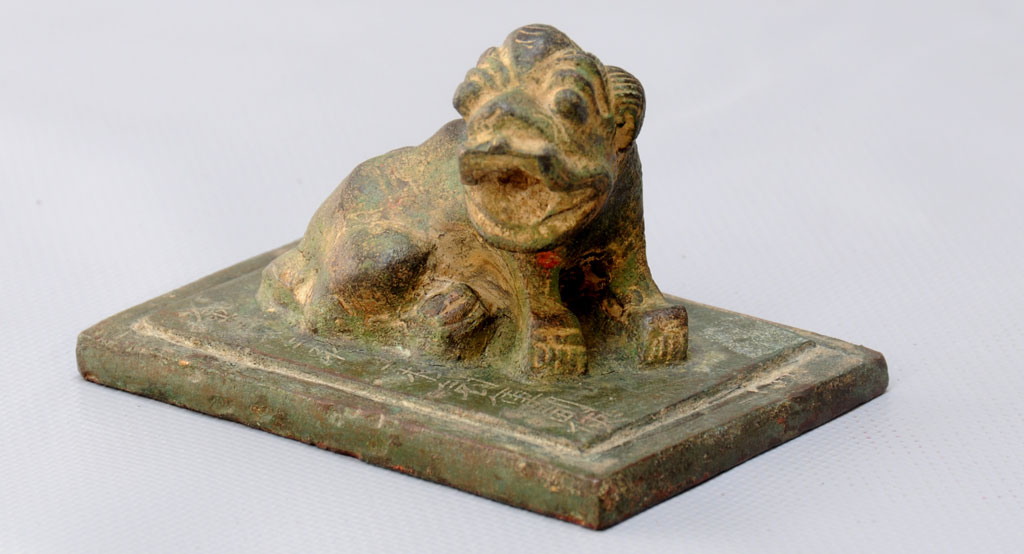 The Second Lieutenant of the Imperial Guards, Deputy Envoy of the Tay Son Dynasty |
To the "unique" royal decrees
According to the leader of the Ho Chi Minh City Museum, the work has been planned since the end of 2017. The original artifacts were commented on by the agency's scientific council, supplemented many times with modern display methods. Images of ancient royal decrees were photocopied and enlarged to the original, creating a new and vivid look: the decree of King Minh Mang posthumously conferring titles on Mr. and Mrs. Tran Van Dieu, Nguyen Thi Tinh (1828), Tran Van Nang (1834) were all stamped with vermilion, inside there were 4 Chinese characters in the seal script style "Sac Menh Chi Bao" in the last line, embroidered with the decoration of two dragons facing the sun around the border. There are also the royal decrees of the Tu Duc period, the royal decrees of King Tu Duc posthumously conferred upon Tran Van Chinh - a martyr against the French, the royal decrees of King Thanh Thai conferred upon scholar Tran Van Niem, conferred upon Long Vu Bui Van Bang... as well as the certificates of the Left and Right Generals of the Gia Dinh Army granted to Tong That Truc (1835), the extract of the decrees made by the Governor and the Judge of Phu Yen province in 1896, the Royal Code of Laws and Decrees of the mid-19th century, the book of the Imperial Edicts and Seals (1856), the document of the reward of money for the rank of Long Van (1927)...
Ms. Ha Thi Thu Hien, Head of the Exhibition Department (Ho Chi Minh City Museum), said that the exhibition is truly an opportunity for viewers to approach many valuable artifacts displayed for the first time, which some people may have never seen in their lives. All are arranged in chronological order, creating a sense of historical continuity and full of appeal.
Source: https://thanhnien.vn/mo-kho-an-trien-sac-phong-nam-bo-xua-185781133.htm





![[Photo] Hungarian President begins official visit to Vietnam](https://vphoto.vietnam.vn/thumb/1200x675/vietnam/resource/IMAGE/2025/5/27/ab75a654c6934572a4f1a566ac63ce82)
![[Photo] Vice President Vo Thi Anh Xuan, French President Emmanuel Macron and his wife visit Hanoi University of Science and Technology](https://vphoto.vietnam.vn/thumb/1200x675/vietnam/resource/IMAGE/2025/5/27/267b6f2bdf3e46439f081b49f6ec26b1)

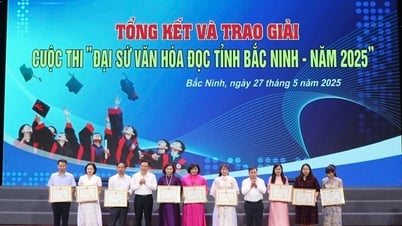


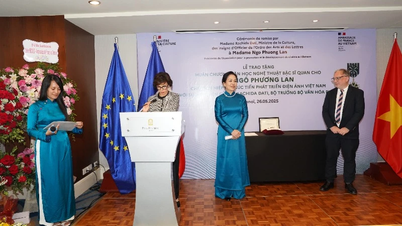



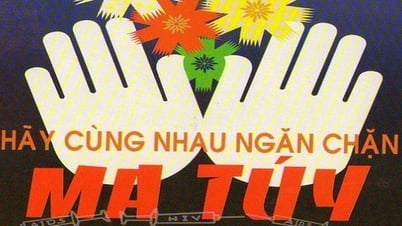




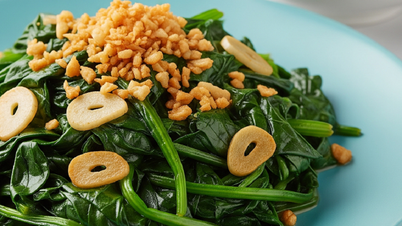




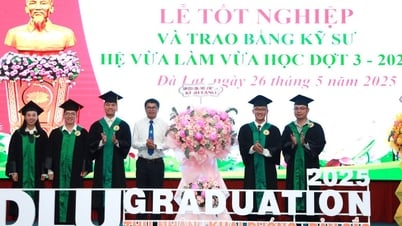


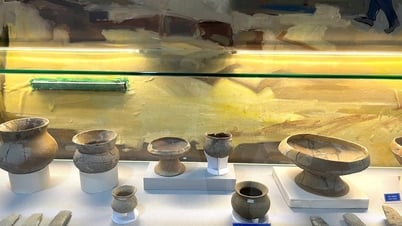



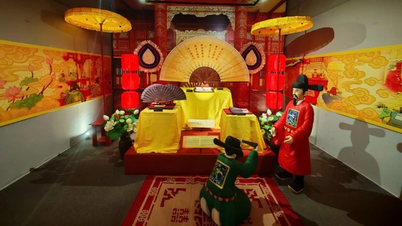
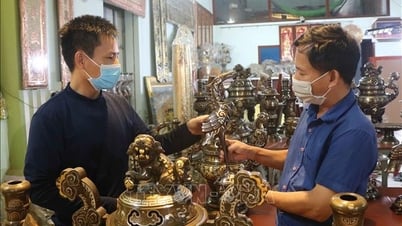
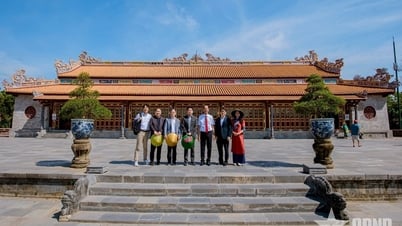





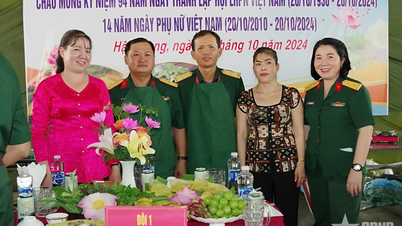
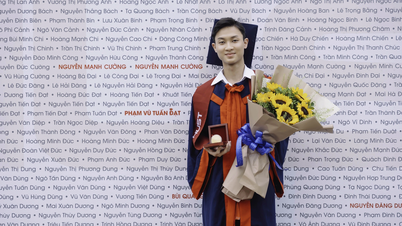












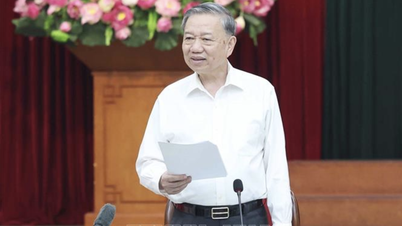
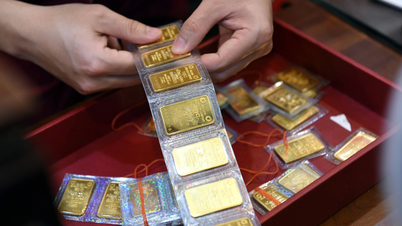
















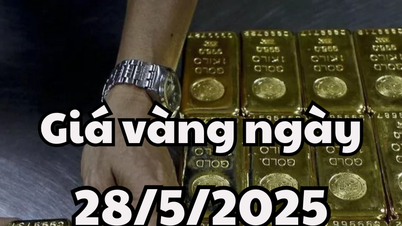


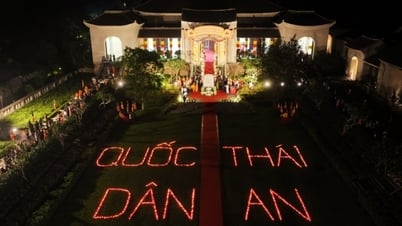















Comment (0)